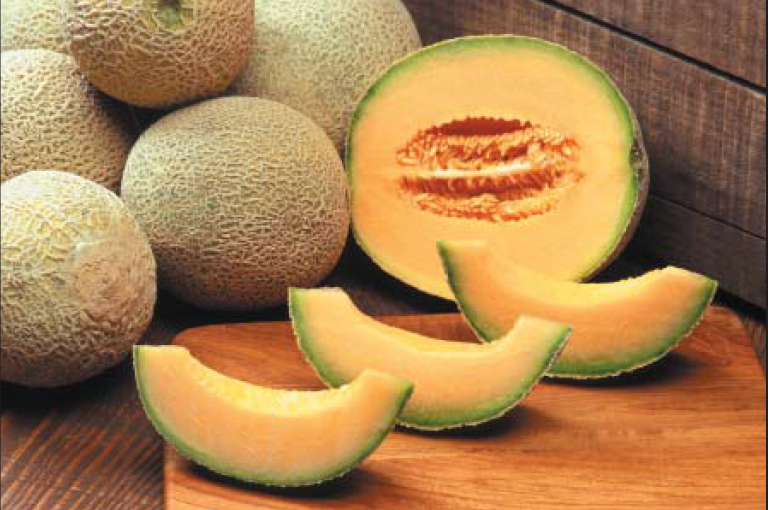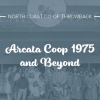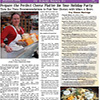
Throwback Article | Spring Quarterly 2020
Throwback Article - How Can I Tell If It's Ripe?
From Co-op News Summer 2006
As summer approaches, we will begin to see more local produce at the Co-op and Farmers’ Markets. Check out this interesting and informative article that we found from Summer 2006 edition of the Co-op News. Hope it helps you find that perfect piece of fruit, and don’t forget you can always ask our well-informed produce clerks for recommendations!
Co-op News, Summer 2006

One of the most frequent questions we get in the produce department, is, “How can I tell if this fruit is ripe?” Certainly there’s nothing worse than getting a beautiful piece of organic fruit home, biting into it, and finding it either hard and green, or overripe and mushy. Picking the right fruit is actually quite simple if you know what to look for. Listed are some of the most common summer fruits and how to determine their ripeness. Apricots- Look for fruit with a beautiful blush that gives just a little to pressure. The best variety of apricots are the Royal Blenheims, which are often overlooked because they tend to be a bit smaller and less colored than other apricots. Blenheims are ugly, but their intensely sweet honey-like juice has made them famous. Our Blenheims are grown at the Van Dyke Ranch in Gilroy, CA and they are only available for a few short weeks in early/mid summer. Watch for them!
Melons-Mid-summer brings so many varieties of melons; it can be a bit overwhelming! Each variety is a little different, but a good general rule for discerning ripeness is to feel the end of the melon opposite from where the stem grew. If it gives to pressure, the melon is ripe. Another good indicator is smell: if it’s got a sweet, aromatic fragrance it’s ripe. Remember though, fruit that is chilled won’t smell strongly even if it is ripe.

Watermelon-Believe it or not, the old “thumping” technique for determining watermelon ripeness is not as dependable as you may think. The best way to tell is by turning the melon over. The spot where the melon rested on the ground as it was growing should be a creamy, butterscotch color. A white belly indicates an under-ripe melon.
Peaches/Nectarines-Ripe peaches and nectarines should be a golden or orange color with no green at all. Peaches ripen best on the tree, and when they’re picked green they probably won’t ripen well. Ripe peaches should give just a bit to pressure, and have a sweet aroma. The best peaches come to us in late summer from Hunter Orchards in Grenada, CA. Hunter peaches are always picked ripe, so squeezing them even a little will bruise them.
Pears-Pears are one of the rare fruits that actually ripens best off the tree. They are picked green and allowed to ripen a bit before being shipped to market. To check for ripeness, press gently near the stem of the pear. If it gives to pressure, it’s ripe.

Plums-Because plums come in so many different colors, (red, purple, green, etc.) color is not a very good indicator of ripeness. When you press a ripe plum gently with your thumb, the skin should feel firm, but you should be able to tell that the flesh underneath is soft. To ripen most fruit at home, the best method is to put it in a paper bag with other ripening fruit and place the bag somewhere warm, like the top of the refrigerator. The reason for this is that all ripening fruit emits a gas called ethylene, and the more of this gas that you can concentrate around the fruit, the faster it will ripen. Melons and watermelons are an exception to this rule: they must be picked ripe; because they don’t ripen at all after harvest.
To prevent over ripeness, put ripe fruit in the fridge. The cool temperature will “hold” the fruit for up to a week.
By Megan Blodgett
Produce Manager



